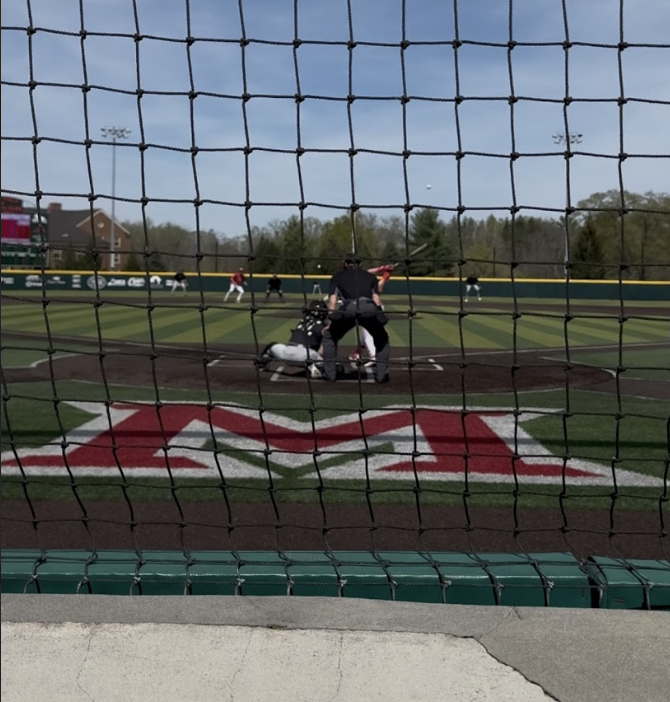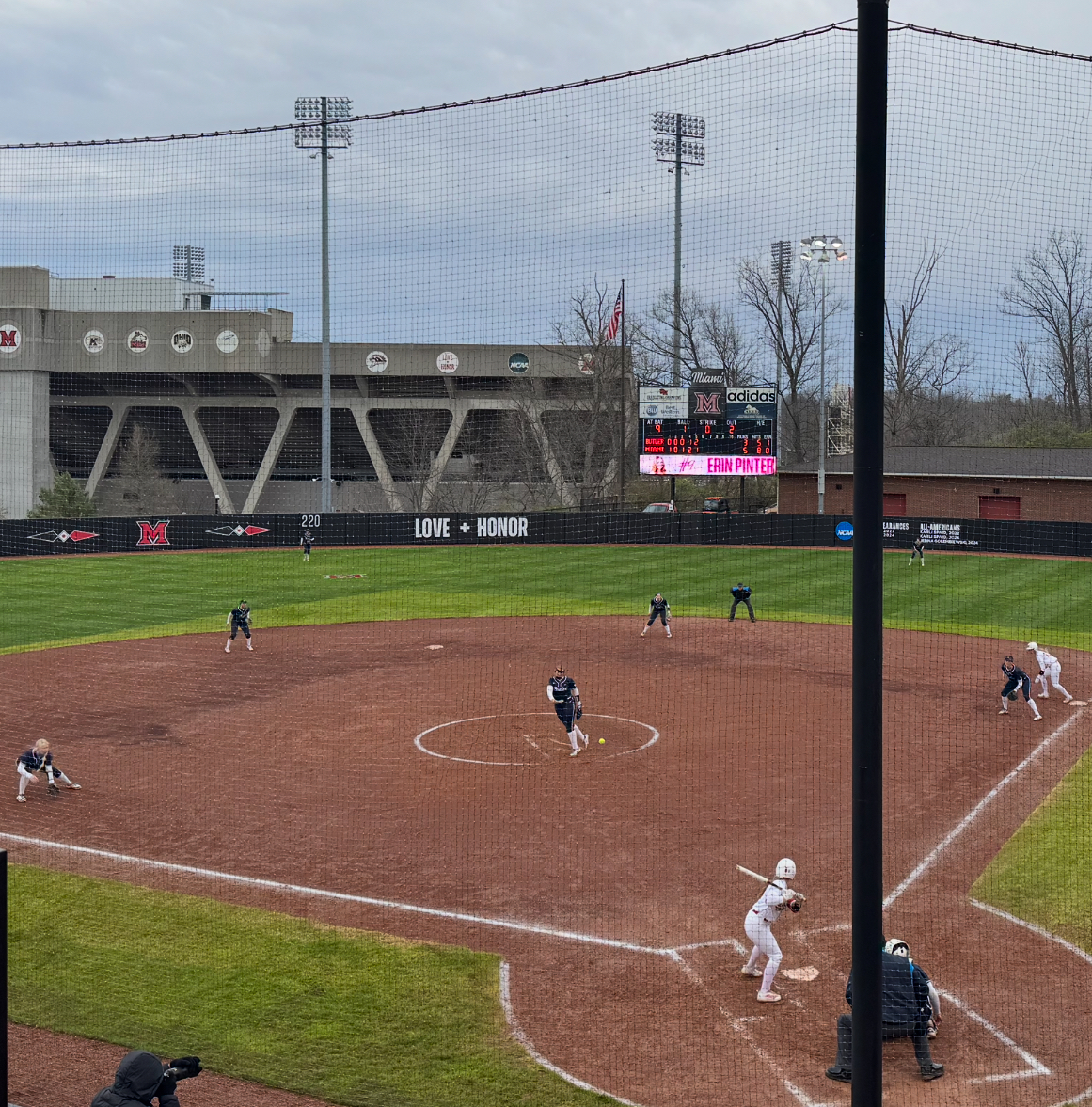With education moved to remote learning for the rest of the school year throughout much of the United States for students in kindergarten through college, teachers and students are learning to adjust to the “new normal.”
As new as this may feel, it is not the first time education in the United States has been handled at a distance, according to Katie Day Good, a Miami University professor of strategic communications. Good notes that print-based correspondence courses were a form of distance-learning introduced in the mid-19th century. As she noted in a column for the Washington Post on April 7, Those courses allowed students to receive a mailed packet of learning materials such as lectures, worksheets, tests and readings. The materials would be mailed back to the institution after the student completed them at their own pace and in their own homes.
Most of the remote courses being taught during the current pandemic are being offered online. However, Good said some courses may still be offered in print for circumstances where access to computers or the internet may be problematic, including the military, the incarcerated, homeschooling and for those who just prefer print.
Good said many schools were not ready for the almost instant transition to online learning that has taken place in recent years unless they already had established online courses. “It has exposed glaring inequalities in our social and educational systems, reminding us that large numbers of Americans lack access to computers and the internet,” she said.
Even faculty who already were integrating technology into their classes have been challenged by moving entirely online. Patrick Schultz, chair of the Department of Teacher Education at Miami, said the department has been working to help the faculty adapt to these challenges.
Schultz asked several teachers particularly skilled at e-learning and technology to facilitate a crowd-sourced Google Doc to add all best practices, ideas and tips to one guide.
For Good’s classes, the challenge was the quickness of the transition to online. She has worked to allow her students to accomplish learning objectives remotely for the rest of the semester. “There are aspects of this course that I would’ve designed differently if I had had more time to prepare for it,” she said.
Through the switch to remote teaching, Good has learned things about her students that will help with her teaching in the future. She believes low-tech options such as written text or individualized emails can be more influential than video conferencing.
“I’ve learned that we should not make assumptions about students’ learning situations at home,” she said. “Everyone is learning in a different context.”
Schultz agreed. “This crisis will certainly cause everyone to think more broadly about how we engage students and can readily adapt to changing worlds.”
Some teachers are having to adapt their own classes to remote learning while helping their own children adapt to classes at home.
Beth Troy, a Miami instructor in entrepreneurship, said she decided to embrace the time at home to create a schedule for her three children to make order out of the chaos. Troy’s youngest son attends Kramer Elementary School and her two oldest sons attend St. Joseph’s Consolidated School in Hamilton.
“At points in the day they need me and at other points in the day we can be independent,” said Troy.
Even with a schedule, Troy said she still can find herself getting overwhelmed, but she reminds herself of the times on the schedule that she will have time to complete her work. Troy said schedules are malleable and online learning allows her to not be confined to the strict time periods of traditional school.
Troy’s children are enjoying remote learning because it gives them more time to play and be outside. “I can teach my middle son grammar in 10 minutes or less which would take 20 minutes in a classroom,” said Troy.
Troy said her children seem to be adapting to the “new normal,” but miss their friends. She is grateful to have many resources to keep her children learning. “My mother is an elementary school teacher and she has decided to start teaching my oldest son to learn all of his states and capitals in the U.S.,” she said.
In teaching her children at home, Troy has had to relearn some concepts she hasn’t used in a while as a college instructor — such as long division. But she said her children seem to be benefiting from the one-on-one attention that is not something they were used to in their traditional classes.
Good said she thinks it is too early to determine whether remote-learning changes will last. She said there always will be a drive for face-to-face instruction. However, traditional institutions are having to rethink their programs. “This crisis is pushing a lot of educators, and educational institutions, to adopt online education and educational technologies on a larger scale than we have ever seen before.”
Policy changes would have to occur to make online education more widespread, Good said. According to the 2019 FCC Broadband Deployment report, 21 million Americans still are without broadband access.
According to Holli Morris, director of communications for Talawanda School District, Talawanda has sent out 50 hotspots to students in need so that they can make internet connections. That service is expected to be delivered to 20 more students in the coming weeks. However, Morrish said there are some rural spots that even the hotspots can’t help. In these cases, teachers are mailing assignments, workbooks, and activities to students.
“I am hearing about a lot of creative stuff,” Morrish said.
Principals at Talawanda are taking videos of themselves reading and those videos are being distributed throughout the district so that children are being read to.










